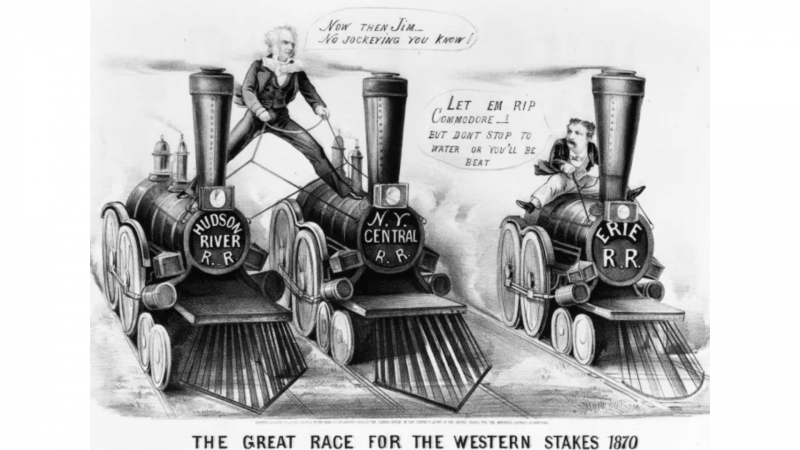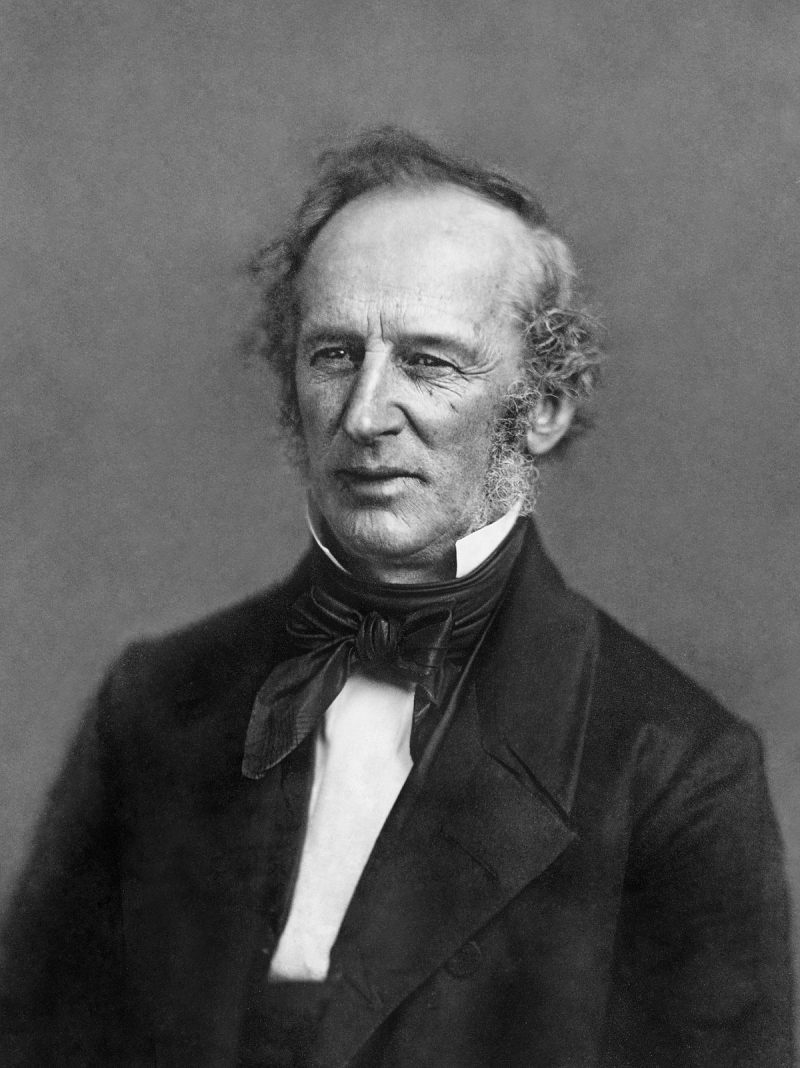Cornelius Vanderbilt

One of the richest Americans of the 19th century was self-made multimillionaire Cornelius Vanderbilt (1794–1877), a railroad and shipping magnate. He used to transport merchandise between Staten Island, New York, where they lived, and Manhattan on a boat that his father ran as a little boy.
In the late 1820s, Vanderbilt, who had previously served as a steamship captain, decided to go into business for himself. He eventually rose to the position of one of the biggest steamship owners in the nation. The Commodore, as he was known to the public, developed a reputation for being cutthroat and highly competitive. He moved his attention to the railroad sector in the 1860s, where he created another empire and contributed to the improvement of railroad transportation. Vanderbilt was valued at more than $100 million at the time of his death.
Cornelius Vanderbilt made his fortune in the shipping industry before investing in railroads. In 1817, Vanderbilt began working as a ferry captain for Thomas Gibbons, a wealthy businessman who owned a commercial steamboat service that ran between New Jersey and New York.
The work allowed Vanderbilt to learn about the developing steamship business. He went into business on his own in the late 1820s, building steamships and operating ferry services around the New York region. He became a dominant force in the industry by engaging in severe fare wars with his competitors. He was astute and combative. His opponents paid him large sums not to compete with them in some circumstances.
Vanderbilt built a substantial brick mansion for his family at 10 Washington Place in Manhattan's current Greenwich Village district in the 1840s. Despite his expanding fortune, Vanderbilt was met with hostility by the city's elite, who saw him as harsh and uncultured.
During the California Gold Rush in the early 1850s, before transcontinental railroads, Vanderbilt started a steamship service that transported prospectors from New York to San Francisco through Nicaragua. His approach was faster than an established route over Panama and considerably faster than the other option, which would take months across Cape Horn at the southern tip of South America. Vanderbilt's new line was an instant hit, making more than $1 million each year (about $26 million in today's money).
He was infamously involved in the Erie Railroad War of 1868, when he competed for financial control of the Erie Railroad with Wall Street speculators Jim Fisk and Jay Gould. Daniel Drew was in charge of the Erie, and he worked with Vanderbilt to purchase up the majority of the railroad's stock. In response, Gould and Fisk issued more diluted shares, which Vanderbilt proceeded to purchase. The conflict between the robber barons was celebrated in the era's newspapers. The Erie Railroad War came to an unusual end when Gould and Fisk won complete control of the railroad, forcing Drew to resign while repaying Vanderbilt for his diluted equities.
Undaunted, Vanderbilt moved on to other projects, including the construction of Manhattan's Grand Central Depot, which opened in 1871. The station was subsequently demolished and replaced by the current Grand Central Terminal, which opened in 1913.


























